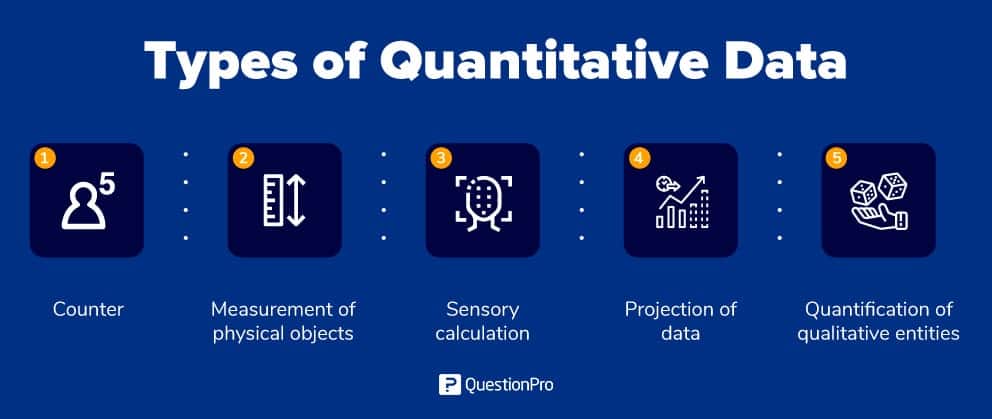
Quantitative data can be categorized into different types based on the measurement scale and characteristics of the data.
Here are the main types of quantitative data with examples:
Nominal Data:
Ordinal Data:
Interval Data:
Ratio Data:
Count Data:
Continuous Data:
Monetary Data:
These are the common types of quantitative data with examples. Depending on the context and measurement scale, you may encounter different subtypes and variations of quantitative data. Understanding the type of quantitative data you are working with is essential for selecting appropriate statistical methods and drawing meaningful conclusions in data analysis and research.
Thank you.